Interview
UNCONDITIONAL FULFILLMENT OF OBLIGATIONS TO THE IMF – PRIORITY OF BANKING SECTOR IN 2017

INFOTAG interview with the Governor of the National Bank of Moldova Sergiu Chiclia
"I.": What are the main problems for the banking system in 2017?
S.C.: The main priority in 2017 is the unconditional fulfillment of obligations to the IMF, which involve large-scale and comprehensive measures, many of which are in the field of prudential supervision. In addition to them, until September 2017, we need to implement the banking chapter of the Association Agreement of Moldova and EU.
NBM has other purposes, such as creating a single central depository, the modernization of payment systems, financial market development, the implementation of structural policies for de-dollarization of the economy and the fight against the informal financial schemes. Promoting these reforms is a complex task that requires special mobilization of NBM teams.
"I.": What is the peculiarity and importance of this problem from the point of view of the regulator?
S.C.: Combined, these reforms will radically change the way of doing banking business in Moldova. The success of these reforms will depend primarily on how the local banks will be able to learn and comply with the new "rules of the game". It is important to explain the meaning to the banks and the mechanisms of the proposed changes. No matter how difficult they may seem at first glance, they are primarily made for the benefit of banks and their clients. I am convinced that banks have successfully overcome the period of adaptation to new business conditions.
"I.": What exactly has entered into the memorandum with the IMF?
S.C.: The most important actions in the banking regulation and supervision are included in the program with the IMF. They relate mainly to the process of ensuring the transparency of the ownership structure, credit risk assessment, review of transactions with affiliated parties, as well as changes in the regulatory framework related to these areas.
"I.": What will be difficult to carry out and why?
S.C.: The most difficult is the process associated with the provision of transparency of the ownership structure of banks. Identification and the final beneficiaries - is a complex task, which often depends on the ability to collect information from other jurisdictions. Any action in this area suggests an extremely delicate and responsible risk analysis, inclusive of the risks of litigation. As a result, ensuring the transparency of the process of the shareholders will not reach its goal, if we cannot attract reliable shareholders, who can be trusted, instead of locked shareholders. This last problem is more complex than it seems, given the situation in the European banking system after the financial crisis of 2007-2008, as well as the tarnished investment image of the Republic of Moldova after the bank fraud. In this case, the agreement with the IMF is a positive sign, important for international investors.
"I.": Are you satisfied with the results that show the 11 banks?
S.C.: The banking sector cannot be considered separately from the Moldovan economy. Everything that happens in the economy has an impact on the balance sheet of banks, however, materializes with some delay. What we see today in the balance sheet of banks is largely a reflection of the banking crisis of 2014-2015, reinforced by events such as the depreciation of the national currency, reduction of remittances from abroad and a substantial increase in base rates and therefore interest rates on loans.
NBM predicted the growth of credit problems, and reduced lending. However, the financial results of banks in 2016 remain in the "satisfactory" zone, if we take into account the main prudential odds of ratios of capital adequacy and liquidity. We hope that the normalization of monetary policy, positive results in agriculture in 2016 and the resumption of external financing after the signing of the agreement with the IMF, will improve the performance of banks in 2017.
"I.": What in the development of banks should be maintained, and what should be disposed of and why?
S.C.: First of all, make sure that banks effectively perform their core functions, in particular, financial intermediation function. The lending volume declined significantly in real terms. According to the GDP, the volume of loans fell from 42% in 2013, before the crisis, to about 27% in the second half of 2016. This is an alarming development. To combat this "credit crisis", we carefully analyze the structural and circumstantial factors, including the effectiveness of monetary policy, as well as the limitations associated with the laws and regulations that do not allow banks to use all the potential resources available to invest in case of lending or long-term financial instruments.
The positive is that we are seeing a trend of expanding the range of services offered by banks. We have supported and will support innovation in the banking sector, but at the same time, we will monitor the banks to adequately assess and manage the risks associated with new services. In this regard, banks should not take excessive risks that could affect their financial stability or reputation. Ingenuity, which we will never support, on the contrary, we will resolutely fight it, relates to techniques and schemes of money laundering. Money laundering has become a shameful problem in many countries, the risk of being isolated from the world’s financial system. It is imperative and urgent to clear the name of the Republic of Moldova regarding this phenomenon.
"I.": What should the banks do to reduce non-performing loans indicators?
S.C.: In the priority - banks need to improve their management procedures and risk monitoring. Even if the business environment and economic problems affect the quality of the loan portfolio in the system, the degree of deterioration may vary from bank to bank. Of course, the National Bank will check these figures for all banks during 2017, but the difference that we have noted, is an indication that banks manage this process in different ways.
In order to effectively address the issue of problem loans, bank management should identify the reasons that contributed to the deterioration of the quality of the loan portfolio. We are talking about increasing the risk of a single client, or due to a general deterioration in the economic sector, or is it the result of the unprofitable "business model" of the bank. What is the quality of the initial assessment of credits and monitoring of risks? What is the quality of structuring and amortization of loans? Is there not an overabundance of bullet loans (loans with bullet repayment by the deadline)?
The decision will depend on the ability of bank management to identify errors, to change the way of working in the future. The hope that the new credit cycle will allow mechanically to reduce the rate of bad loans is irresponsible and often deceptive, especially since the share of bad loans in the portfolio of bad loans is on the rise.
"I.": How in this regard Moldova looks compared to other countries in the region?
S.C.: If you compare with the countries of the region - we are in the middle, although we must recognize that, taking into account the differences in accounting standards, this comparison is not perfect. Some countries in Central and Eastern Europe (Romania, Hungary, Bulgaria) and the Eurozone (Greece, Italy, Ireland) also faced similar challenges after the financial crisis of 2007-2008. Their example shows not only the need for active credit management from the very first moments, when they enter into the category of "doubtful", but also the need to create reserves for improving the degree of coverage (reserves) and the consolidation of own funds to avoid de-capitalization. The weaker these factors, the higher the cost of financing and recapitalization.
"I." How this affects the fear of managers of banks to take risks?
S.C.: The activities of banks, by definition, involve taking risks, but in such a way that they have been properly assessed and managed throughout the entire asset’s lifecycle. The deterioration of loan portfolio quality shows that in recent years, bankers have taken the higher risks, or risks tend to materialize with a certain delay after the provision of credit. Reduced lending activity is an aggravating element, but not the main reason for the phenomenon. Running forward in order to "dilute" the problem by the same "risky" lending process is none other than the complexity of the problem and the creation of the position of insolvency.
"I.": The hard approach of the NBM to the assessment of loans require "sterility", which in the real sector of the economy of Moldova does not exist. Is not NBM too "demanding" regarding the regulation in the credit quality?
S.C.: It is true that NBM tightened the discipline on the application of the rules on the classification of doubtful loans. This effect was seen in three banks under external supervision. Do not forget though that the main objective of this regulation is to protect the banks and their depositors. The situation that led to the collapse of three banks in 2014, did not begin with the growth of bad loans in the previous years?!
You know, some banks did not have the departments responsible for risk management and independent control functions. Unfortunately, we are far from the "sterility". Our task is to change this situation. And I do not see anything wrong that the discipline and rigor of the bank will be transferred through lending to the economy. The best engine of economic growth is obtained when the banks are taking for financing the healthiest and most profitable economic projects and not the "losing" ones, or what is worse, doubtful, because they "tried to solve the problem".
"I.": But is it fair to transfer the loan to another classification, if the borrower has shown lack of income?
S.C.: Your question is revealing. In the world, the deteriorating financial performance of the borrower or issuer's securities is a worrying sign for banks and investors in the capital market. In connection with this, loans are always issued with restrictive provisions relating to the profitability ratios, solvency and liquidity of the debtor. Deposit is only a guarantee tool, a secondary measure to recover the loan. Loans should be made available, taking into account, first of all, the operations and treasury flows, which generates the debtor. Accordingly, if the borrower's financial situation is deteriorating, it means increased risks, which may require appropriate provisioning. But, of course, the situation may be different, and they are carefully analyzed by the NBM inspectors in the framework of audits, in order to understand the view of managers of banks and prevent errors in interpretation.
"I.": The monetary and credit policy of the National Bank in 2016 contributed to achieving macroeconomic stability: base rate and inflation rapidly declined (from 19% to 9% and from 13.6% to 12.4%, respectively), falling income on government securities (from 26% to 6%), was stable the leu. Why all this did not affect the real economy in which are only a few interesting proposals for banks, both in terms of investment and in terms of long-term loans?
S.C.: Reduction of interest rates and macroeconomic normalization does not have an immediate effect on the real economy. Economic agents are taking new investment projects after they make sure that signs of macroeconomic stabilization policies are sustainable. At the same time, the financing of the real economy in 2016 was less attractive on placements in government securities, which provide a combined advantage of being very profitable, liquid and did not involve risks. With a decrease in the yield on the money market and the diversification of sources of public funding, after signing the agreement with the IMF, the attractiveness of government securities will fall, with a positive effect in favor of financing the real economy.
Despite the increased level of required reserves, banks have a significant liquidity, which can be turned into loans. According to our estimates, the current lending capacity of the banking system from the available funds is more than 5 billion lei. To be clear, this amount does not include the assets in the form of government securities, which can represent an additional source of liquidity, if they are not re-invested in government securities. It seems we have a problem of demand, not just supply (credit), which indicates the structural flaws in Moldova's economy.
"I.": What is the primary problem solved by the NBM, keeping for more than one year the time limit for the reservation of 35% of attracted resources in MDL and 14% - in foreign currency?
S.C.: Increased reserve requirements were aimed at sterilization of excess liquidity and improve the transmission mechanism of monetary policy solutions, as well as the de-dollarization of the economy. Given the persistent excess liquidity in the system, this target and the use of these instruments remain in force.
"I.": What changes will follow the NBM policy in 2017 in order to reduce the excessive liquidity of the banks?
S.C.: I would not like to comment on the intentions of the regulator for the current year. NBM carefully assesses the situation on the monetary market, including in the context of excess liquidity. Excess liquidity requires careful control of the pace of normalization of monetary policy and entails high cost of sterilization for NBM.
"I.": Do you have any concerns that the "approved" by IMF debt repayment option for energy companies, because of unrealistic tariffs for electricity, heat and gas, will "stimulate" the inflation that NBM so hardly tried to keep in control in 2016?
S.C.: Decisions on monetary policy are adopted in order to keep inflation within 5% ± 1,5 percentage points. They are based on the basis of macroeconomic forecasts of National Bank, in which the main sources of inflationary pressures are identified, as well as the major risks that may create obstacles to the achievement of the inflation target. Among them, there are risks associated with an increase in tariffs for electricity, heat and gas, which together account for about 8%. We will closely monitor these risks, given the deflationary factors, to justify our baseline scenario and monthly decision on the monetary policy.
"I.": How fair is for banks to maintain a capital adequacy at 16%, while in other countries in the region it is lower?
S.C.: When we compare the limit of one of the most important prudential indicators for the banks with its level in other countries, we must focus not only on the size of the index, but also on the method of calculation. The limit of 16% was established in the Republic of Moldova in the conditions of Basel I methodology, which does not include a number of important risk factors, such as market risk or operational risk. If we compare it with the methodology of Basel III, we can conclude that the prudential requirements in the Republic of Moldova are not much inferior compared to other countries in the region. The average in the system, banks advertise a high capital adequacy ratio - 28.7% at the end of September 2016. We are carefully studying the figure at the individual level against the background of deteriorating of credit quality and the needs of additional provision.
"I.": Is it right to perceive a direct relationship between the indicator of capital adequacy and the indicator of the banking margin?
S.C.: We can really find a link between a bank's ability to provide loans, taking into account the limit of capital adequacy ratio and margins. But, in the case of Moldova, a determining factor is the cost of resources and risks for the banks, to which is added the fact that the non-interest income is still at a relatively low level. Accordingly, banks with higher interest rates on assets (loans) try to compensate both the interest expenses and the non-interest expenses.
"I.": What is now the quality of corporate governance of Moldovan banks?
S.C.: Most of the problems associated with corporate governance, as a whole, occur because of problems with the quality of the shareholders. For this reason, we launched an extensive program to establish the identity of beneficial owners and recertification in banks. According to the commitments included in the agreement with the IMF, we should identify the shareholders of the banks until the end of 2017. This is a complicated process, but necessary to once and forever change the corporate governance culture in Moldova. At the same time, we will promote strong policy towards shareholders or persons blocking the governing bodies, in order to avoid situations that we had in the past in some banks. Recent legislative changes will improve the functioning and increase the responsibility of the governing bodies in the banks.
"I.": What are the banks that the NBM has questions in this respect?
S.C.: It would be wrong to call a particular bank. At the moment, we are working with three banks that are in watch mode, and that demonstrates progress in this area. We will assess the situation in other banks when we start to conduct a comprehensive inspection during 2017. We are committed to carry out these checks in all banks until the end of the year.
"I.": How long will monitoring the three largest banks last?
S.C.: If we speak about Moldova Agroindbank and Victoriabank, the National Bank will decide on the continuation or removal of the external monitoring after the implementation will be reviewed by them for the settlement plans. According to the plan agreed with the IMF, we will address this issue in March 2017.
With regard to Moldindconbank, the situation there is different. Currently, the bank is in early intervention mode in connection with the blocking of 63.89% of the shares. And the main problem now - is a way out of this mode, taking into account the need to attract a strategic investor in the bank.
"I.": How likely is it that, let’s say, after the sale of a package of 40% shares of MAIB and 63,89% of MICB, the regulator will cancel its supervision?
S.C.: I certify that the sale of shares will be one of the aspects on which the National Bank will base itself at the moment when decisions will be made about the further actions of supervision. This is not the only aspect considered, but, of course, one of the main ones.
"I.": Are there any questions that NBM has for the starting price for the sale of 40% shares of MAIB, which is three times less than the carrying value of the shares?
S.C.: I do not think that NBM should comment on pricing questions. Our powers are to other areas. The methodology of pricing is designed by NCFM and is very clear.
From previous professional experience, I can say that the book value of shares is only a starting point, not an indicator for the price of the transaction. A number of banks from the European Union and the region are considered at the coefficient "price / book value", which is less than 1. This applies to giants such as Unicredit, Deutschebank and Credit Agricole. Their ratio is in the range of 0.3-0.4.
The era of the revaluation of the shares in the banking system for a long time has passed. Today the bank's stock valuations in the EU market depends on a number of factors: low or negative interest rates, lower lending activity, the problems associated with questionable credit, political risks. This situation has a negative impact not only on the quotation, but also on the overall investor appetite for bank stocks in the region, including the Republic of Moldova.
"I.": In the government, there are those who really expect that the redemption of bonds in the amount of 13.4 billion lei, transferred to NBM, will be repaid with the NBM profit. Do you see here "abuses" of the interests of the regulator?
S.C.: In fact, the government counts on other sources of compensation. With regard to the authorized capital of the NBM, it must cover 10% of the total amount of monetary obligations of the bank. In accordance with the legislation in force, at the end of the financial year, the profit is available for distribution only in the case of compliance with this ratio. Now this limit is not reached. Consequently, the National Bank profits will be donated to government budget only when the bank will have an adequate level of share capital provided by law.
"I.": Was there a big difference between your expectations and assumptions about the situation in the banking sector of the Republic of Moldova and what you have seen with your own eyes, what you had to face?
S.C.: I understand that the sector reform will not be an entertaining walk, but, nevertheless, was surprised by the comprehensive nature of many deep-rooted problems of banks. For this reason, when in April 2016 I took office, I have been considering the reform of the sector primarily as a series of individual measures; then, in May, I was already convinced of the need for a holistic, systemic approach. This vision was based on discussions with the IMF, whose experts have helped identify solutions of the system value.
"I.": What distinguishes the Moldovan banks from the developed countries banks?
S.C.: It is difficult to compare the Moldovan banks in the "adolescence" with banking institutions from Europe with almost two centuries of history. But Europe has faced banking crises, fraud and various shocks. As a result, Western banks have developed internal processes and decision-making systems that are constantly improved and adapted after each crisis or bankruptcies. Managing the western banks is like flying a plane with ultramodern high-tech control panel and an accurate autopilot system. And our banks are more like a vintage aircraft that is manually operated and equipped with two or three on-board instruments (compass, altimeter).
"I.": How much time do we need to erase the difference - 5, 10, 20 years?
S.C.: Banks can develop rather quickly, especially in an era of technological innovation, which greatly reduces the investment cycle. Five years – is a reasonable period, to lay the foundations of modern banking sector, but to make up for our lag in comparison with developed countries, we need, I would say, at least 10 years.
Comments [ 1 ] Add Comment
-
intresting...

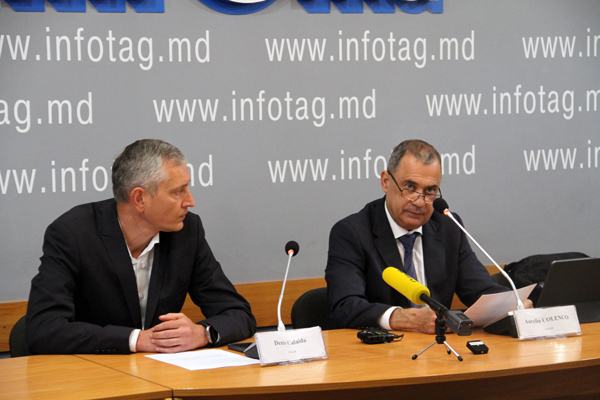
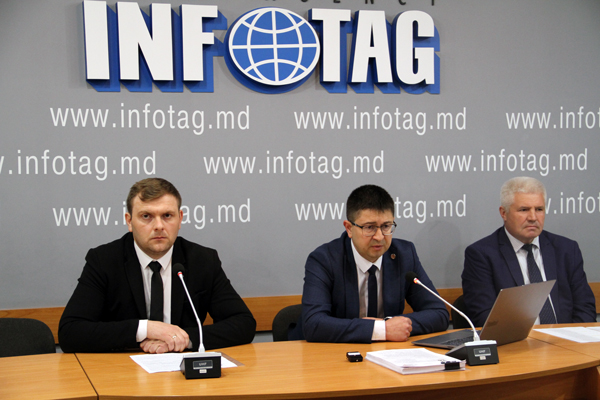
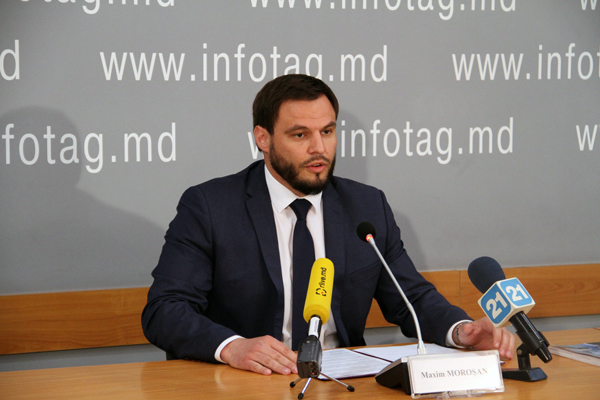

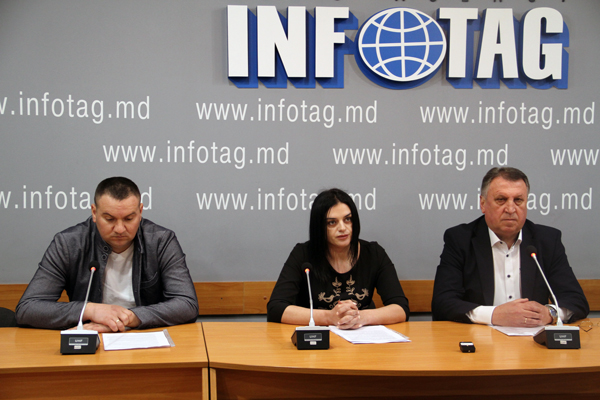
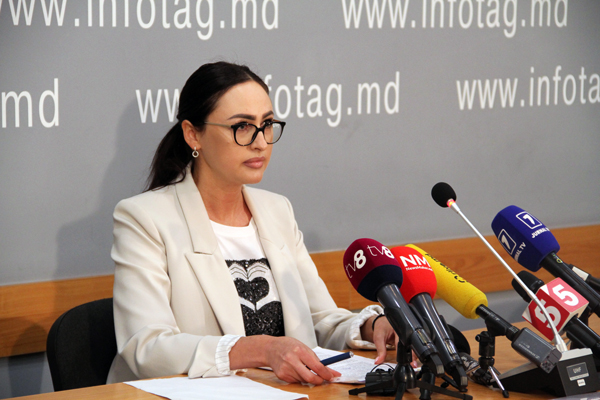

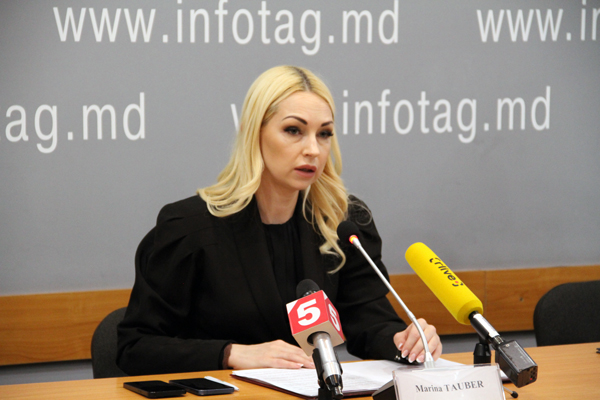
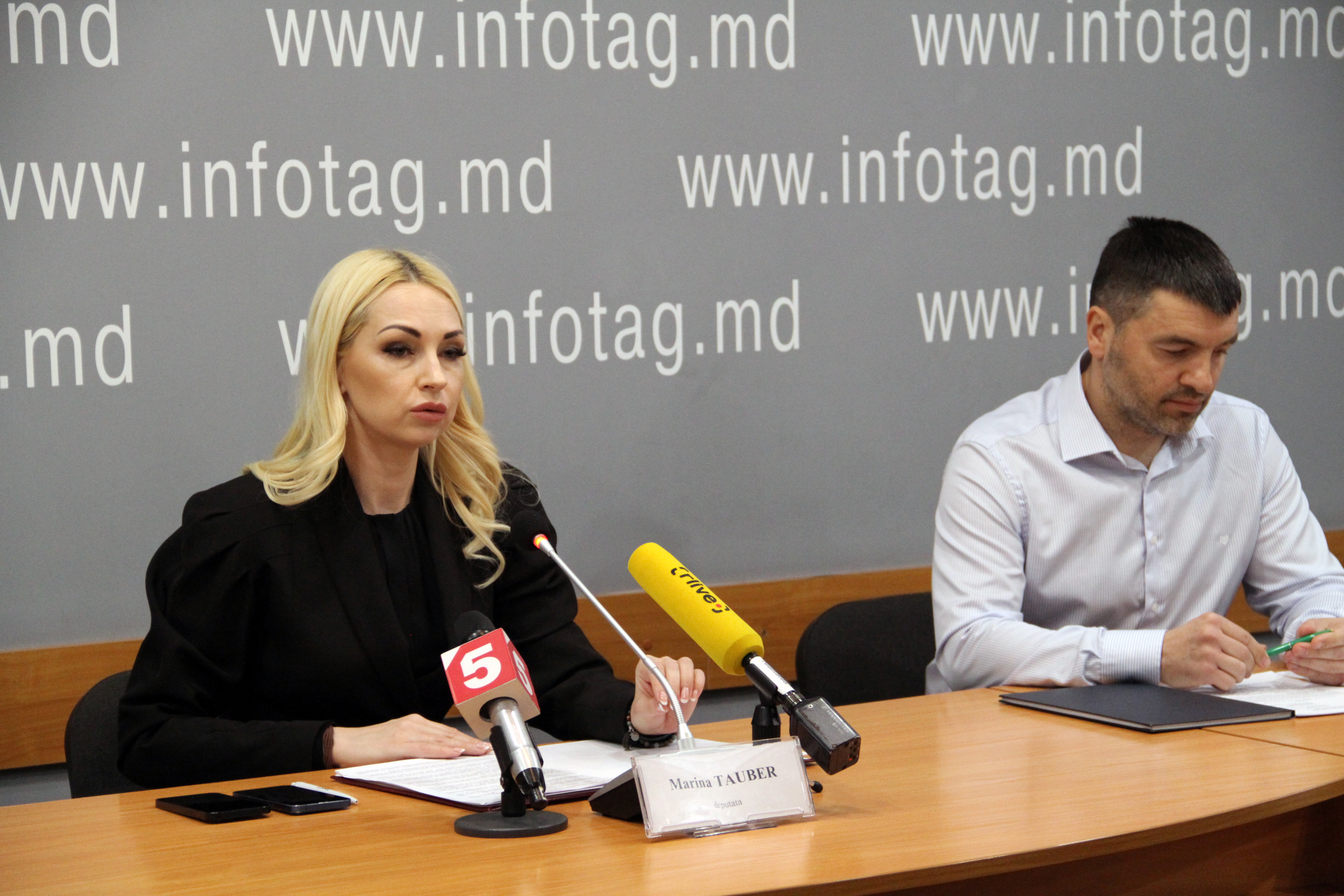
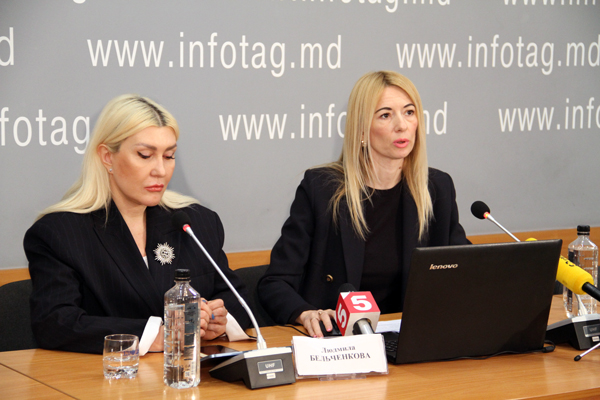
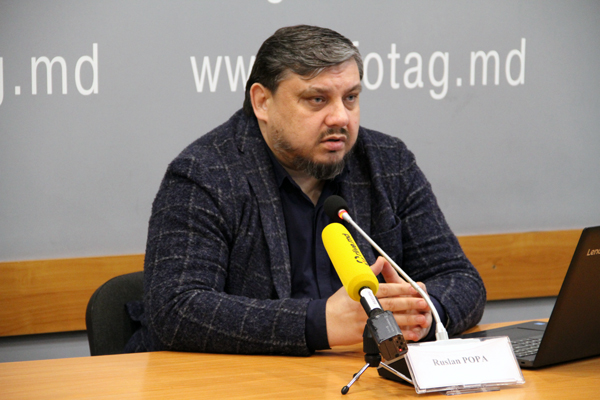

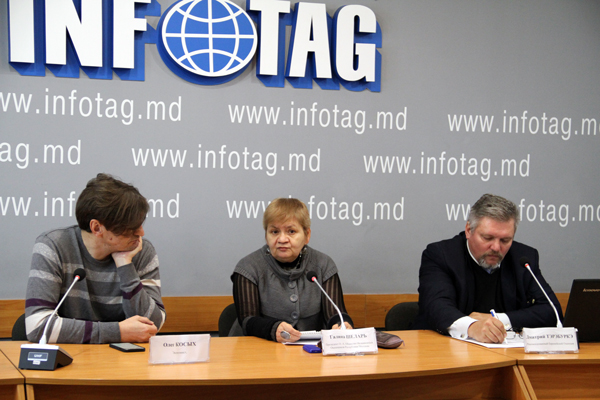
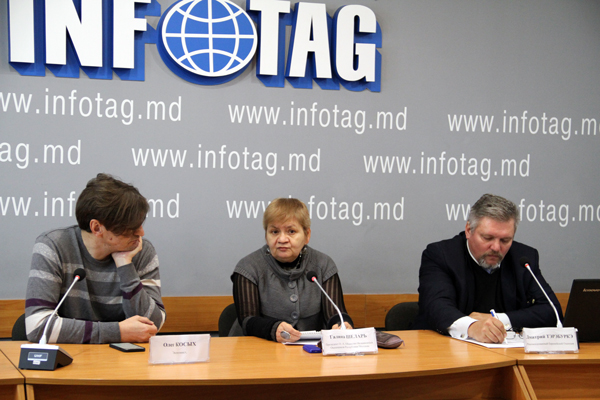



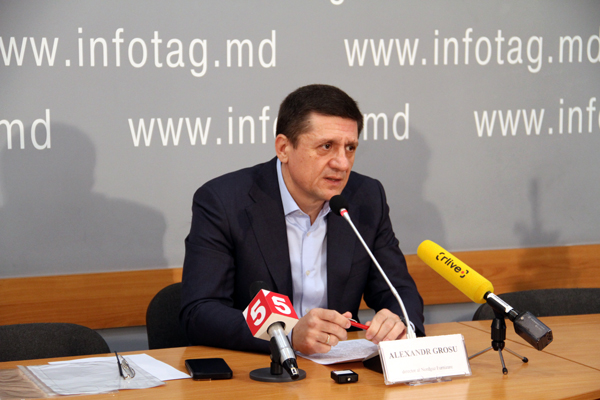





Add Comment